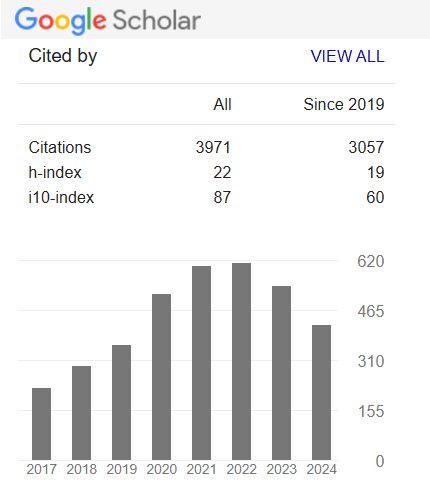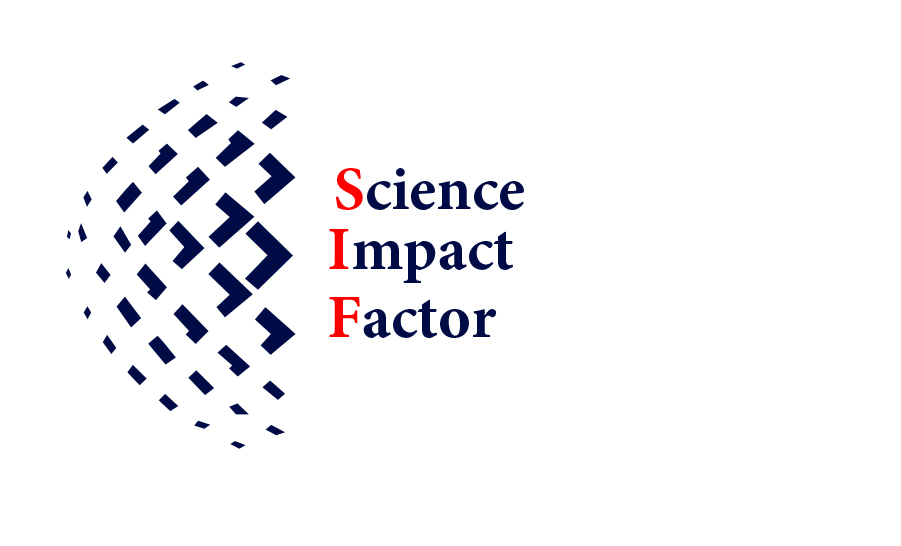Prevalence of Seasonal and Food Allergies in all U.S. States
Keywords:
seasonal allergies, food allergies, pollution, rural states, urban statesAbstract
Seasonal and food allergies are medical conditions that over 100 million people experience in the United States. Pollution does have a correlation to allergies, but the relationship hasn’t been fully defined yet. Previous studies have compared pollution and allergies between regions or singular states, but this paper expands on that by using data from every state. We’ll compare the prevalence rates of all allergies and specific allergies between rural and urban states to see if there are any noteworthy differences. To do this, we used data from recent research papers containing the prevalence of food and seasonal allergies in individual states and combined them to compare the prevalence of allergies in the U.S. Results showed a very small positive correlation between seasonal allergies and rural states, but an even smaller negative correlation between seasonal allergies and urban states. For food allergies, there is a very slight positive correlation between them and urban and rural states. More research is needed to get a more thorough picture of the effects of pollution on allergies at a local level. Understanding the ties between pollution and allergies can help cities, governments, and community leaders improve their communities so fewer people can get allergies.
Downloads
References
CDC – National Center for Health Statistics. “More Than a Quarter of U.S. Adults and Children Have at Least One Allergy.” CDC, 26 January 2023, https://www.cdc.gov/nchs/pressroom/nchs_press_releases/2022/20220126.htm. Accessed 9 September 2024.
Gupta RS, Springston EE, Smith B, Warrier MR, Pongracic J and Holl JL (2012) Geographic variability of childhood food allergy in the United States. Clinical pediatrics, 51(9): 856-61.
Johns Hopkins Medicine. “Allergies and the Immune System.” Johns Hopkins Medicine, https://www.hopkinsmedicine.org/health/conditions-and-diseases/allergies-and-the-immune-system. Accessed 30 September 2024.
Justiz-Vaillant AA, Modi P and Jan A (2024) Atopy. StatPearls.
Krzyzanowski M, Apte JS, Bonjour SP, Brauer M, Cohen AJ and Prüse-Ustun AM (2014) Air pollution in the mega-cities. Current Environmental Health Reports, 1(3): 185–191.
Orru H, Ebi KL, and Forsberg B (2017) The Interplay of Climate Change and Air Pollution on Health. Current environmental health reports, 4(4): 504-513.
Patel NP, Prizment AE, Thyagarajan B, Roberts E, Nelson HH, Church TR, Lazovich D (2018) Urban vs rural residency and allergy prevalence among adult women: Iowa Women's Health Study. Annals of allergy, asthma & immunology : official publication of the American College of Allergy, Asthma, & Immunology, 120(6): 654-660.e1.
Salo PM, Arbes Jr SJ, Jaramillo R, Calatroni A, Weir CH, Sever ML, Hoppin JA, Rose KM, Liu AH, Gergen PJ, Mitchell HE and Zeldin DC (2014) Prevalence of allergic sensitization in the United States: results from the National Health and Nutrition Examination Survey (NHANES) 2005-2006. The Journal of allergy and clinical immunology, 134(2): 350-9.
Sierra-Vargas MP and Teran LM (2012) Air pollution: impact and prevention. Respirology (Carlton, Vic.), 17(7): 1031-8.
Silverberg JI, Braunstein M, Lee-Wong M (2015) Association between climate factors, pollen counts, and childhood hay fever prevalence in the United States. The Journal of allergy and clinical immunology, 135(2): 463-9.
U.S. Department of Commerce - U.S. Census Bureau. “Population Density of the 50 States, the District of Columbia, and Puerto Rico: 1910 to 2020.” Census.gov, https://www2.census.gov/programs-surveys/decennial/2020/data/apportionment/population-density-data-table.pdf. Accessed 9 September 2024.
Downloads
Published
How to Cite
Issue
Section
License
Copyright (c) 2024 Yannis Beyene

This work is licensed under a Creative Commons Attribution-NonCommercial-NoDerivatives 4.0 International License.
Open Access This article is licensed under a Creative Commons Attribution 4.0 International License, which permits use, sharing, adaptation, distribution and reproduction in any medium or format, as long as you give appropriate credit to the original author(s) and the source, provide a link to the Creative Commons license, and indicate if changes were made. The images or other third party material in this article are included in the article’s Creative Commons license unless indicated otherwise in a credit line to the material. If the material is not included in the article’s Creative Commons license and your intended use is not permitted by statutory regulation or exceeds the permitted use, you will need to obtain permission directly from the copyright holder. To view a copy of this license, visit http://creativecommons.org/ licenses/by/4.0/










